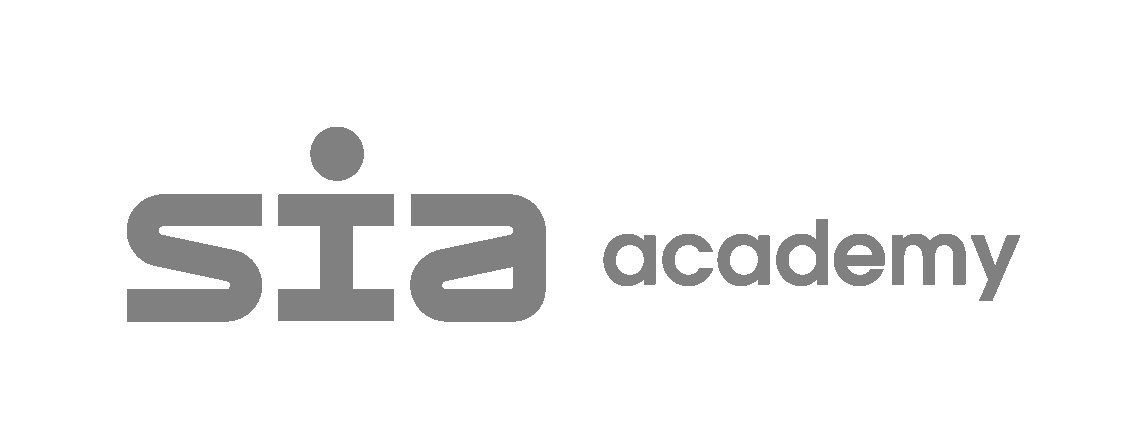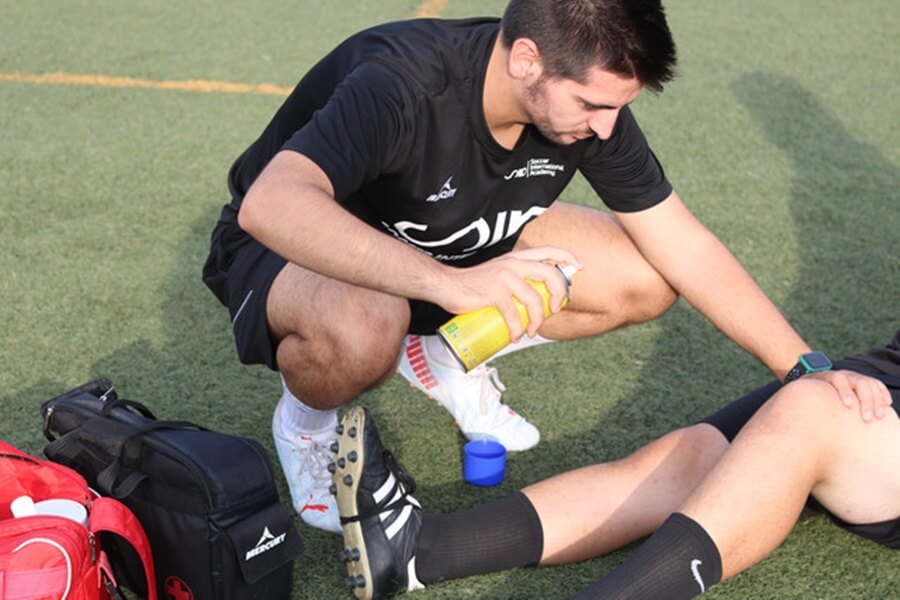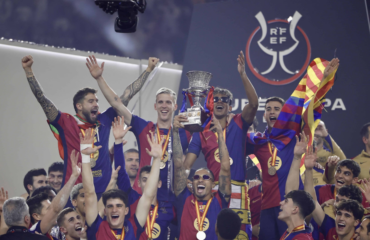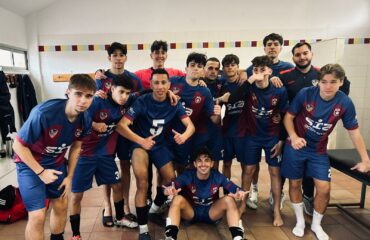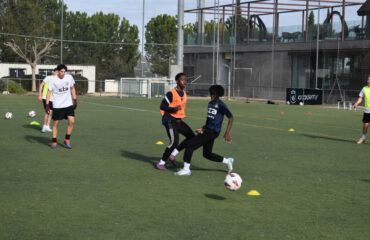Football is a high-intensity sport that combines speed, sudden changes of direction, physical contact, and constant stress on joints and muscles. All of this makes injuries an almost inevitable part of every footballer’s life. However, with proper preparation, medical follow-up, and education in healthy habits, it is possible to minimize the risk of injury and speed up recovery. At high-performance academies like SIA Academy, this aspect is addressed in a comprehensive way.
Table of contents
The most frequent injuries in football
There are many types of injuries that affect players of all ages and levels, but some are especially common:
1. Ankle sprain
One of the most typical incidents in football. A sprain occurs when the ankle ligaments are stretched or torn, usually due to a bad landing, awkward step, or collision with another player. It can range from a mild injury that requires a short rest, to a more serious one needing weeks of recovery.
2. Muscle strains (tears)
Muscle injuries, especially in the hamstrings, quadriceps, and calves, are frequent due to the explosive efforts required by the game. Poor warm-up, fatigue, or overtraining can be risk factors.
3. Knee injuries (cruciate ligaments, meniscus)
The knee is one of the most stressed joints. Anterior cruciate ligament (ACL) tears are among the most feared injuries, often requiring surgery and up to 9 months of recovery. Other common ones include meniscus injuries or medial collateral ligament sprains.
4. Tendinitis and overuse injuries
Constant practice without proper rest can lead to inflammations like patellar tendinitis or plantar fasciitis. These are injuries that develop over time and require adjustments in workload and physiotherapy.
5. Contusions and trauma
Physical contact, especially during matches, can result in bruises, hematomas, dislocations, or even fractures. While many of these are minor injuries, they should never be underestimated.
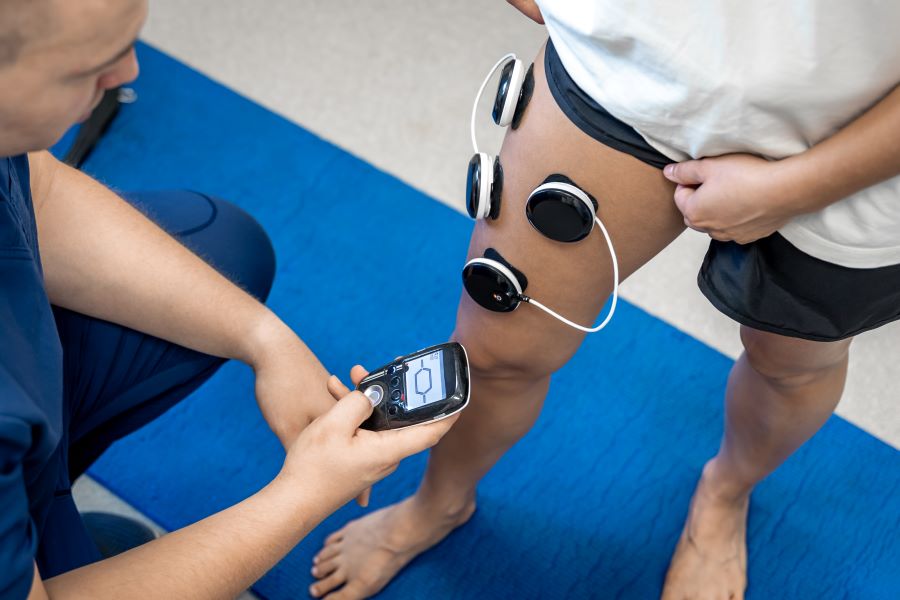
Prevention: a key pillar in SIA Academy’s philosophy
At SIA Academy, located in Enguera (Valencia), a proactive approach is taken: the best injury is the one that never happens. That’s why the academy’s technical and medical staff work with a preventive philosophy, based on several key pillars:
1. Individual physical assessment
Every player who joins SIA Academy undergoes a full evaluation, including mobility, strength, balance, and posture analysis. This helps identify muscular imbalances or weaknesses that could lead to future injuries.
2. Smart training planning
The coaching staff designs training sessions with a periodization adapted to each player’s level and age. Intense sessions are balanced with rest and compensatory work to avoid overuse.
3. Strength training and specific prevention
SIA Academy includes specific routines to strengthen the core, knee and ankle stability, and joint mobility. These sessions are held weekly and led by specialized fitness coaches.
4. Continuous care from the medical department
The medical team at SIA Academy, made up of physiotherapists and sports doctors, closely monitors each player. Any discomfort is treated immediately, preventing a minor issue from becoming a serious injury.
Rehabilitation and return to play
When an injury occurs, quick and high-quality intervention is essential. At SIA Academy, the recovery protocol includes:
- Accurate diagnosis through ultrasound or referral to partnered medical centers.
- Personalized physiotherapy at the Enguera facilities.
- Progressive physical rehabilitation to regain mobility, strength, and confidence.
- Controlled reintegration into training, including performance tests before returning to competition.
Moreover, the player is supported throughout the process by professionals and receives emotional support, especially in long-term injuries, where the mental aspect plays a key role.
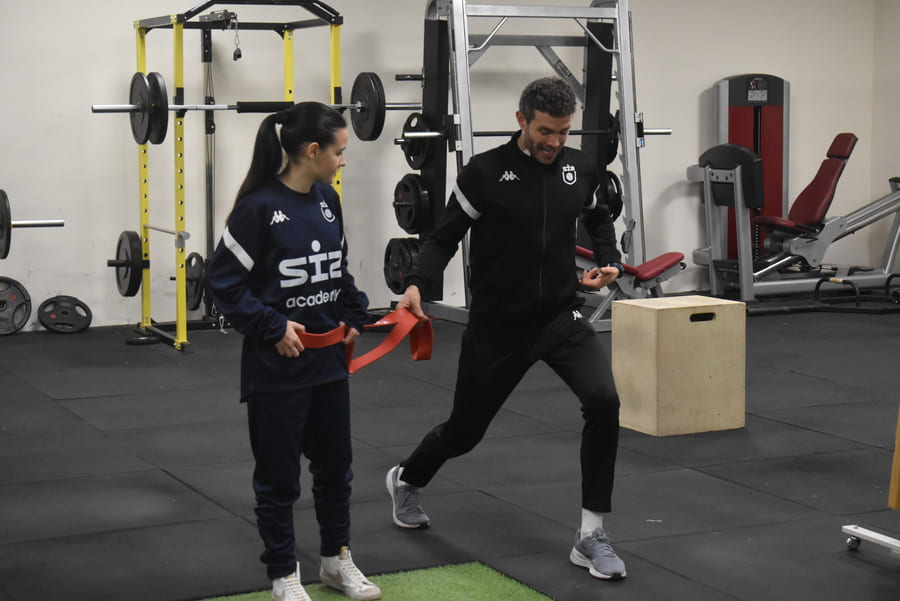
Education and self-care culture
One of SIA Academy’s main goals is to develop players who are not only technically skilled, but also aware of how to take care of their bodies. To achieve this, workshops and educational sessions are provided on:
- Injury prevention
- Importance of rest and hydration
- Proper nutrition for recovery
- Stretching techniques and foam roller use
This education helps players understand that performance goes beyond what happens on the pitch.
Injuries are part of football, but with the right approach, their impact can be drastically reduced. At SIA Academy, prevention, personalized medical care, and player education are the pillars of an integrated injury management system. The goal is not just for players to perform at their best, but to do so for many years, in a healthy and sustainable way.
Developing footballers also means developing life habits, and in that, SIA Academy once again makes the difference.
